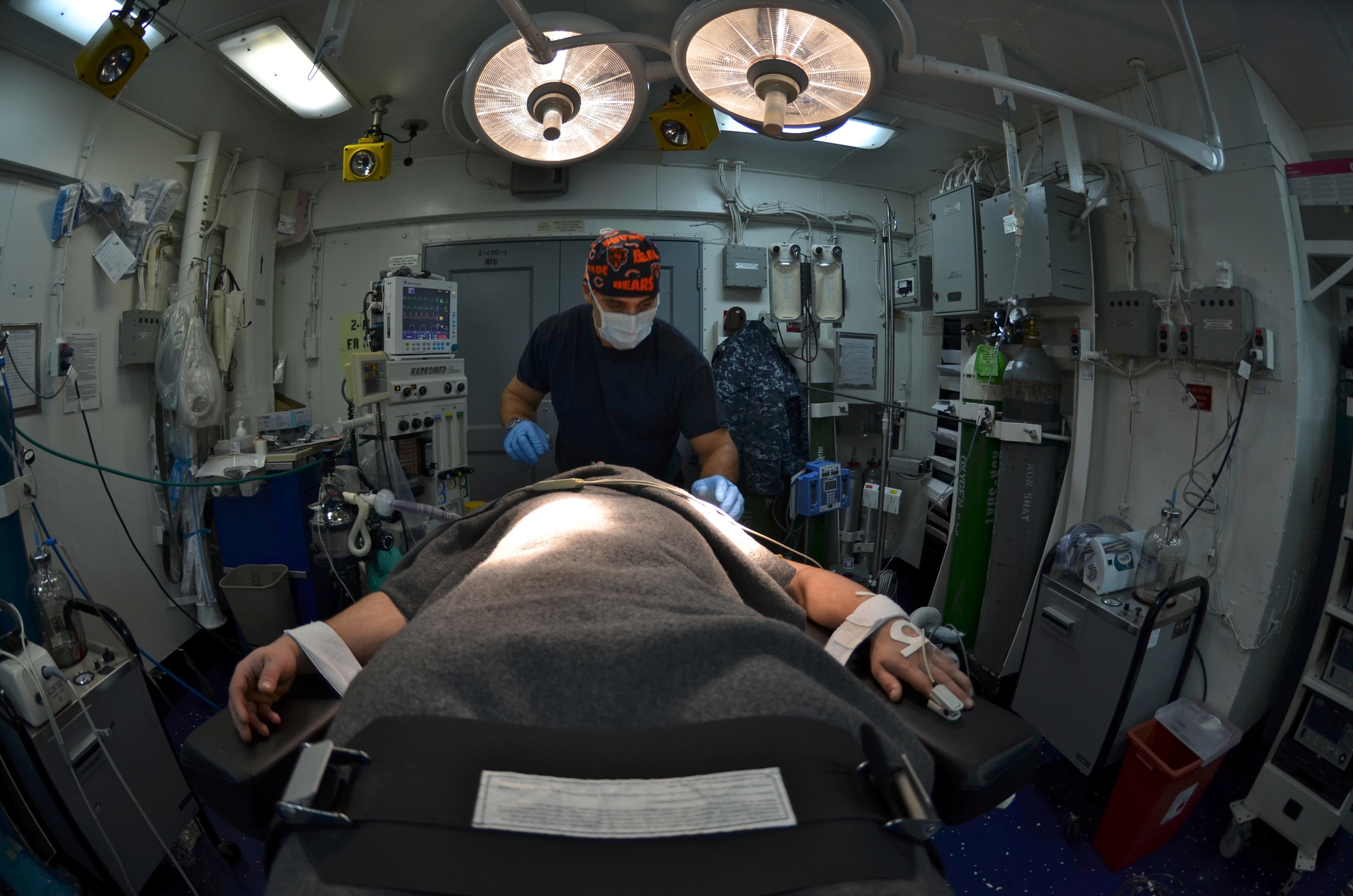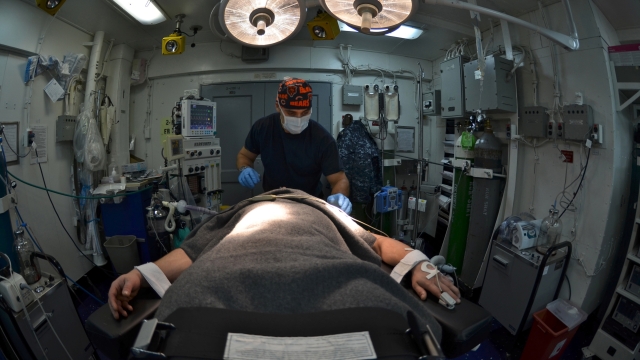Numb and Nifty: Unveiling the Wonders of Dental Anesthesia
When it comes to dental procedures, one word can often send shivers down the spines of patients: anesthesia. The mere thought of needles and numbness can evoke feelings of anxiety and discomfort. But fear not, for dental anesthesia is not something to be dreaded, but rather a marvel of modern dentistry that ensures a painless and comfortable experience.
Dental anesthesia, also known as office anesthesia or sedation, is a technique used by dentists to alleviate pain and anxiety during various dental procedures. By numbing specific areas of the mouth, dentists create a serene and relaxed environment for their patients, where discomfort is minimized and treatment becomes a breeze.
The wonders of dental anesthesia lie in its ability to transform an ordinary dental visit into a tranquil and stress-free experience. From minor procedures such as fillings and root canals to more complex treatments like extractions and dental implant placements, the use of anesthesia can make all the difference in ensuring optimal oral health.
So, put your fears to rest, for dental anesthesia is here to make your visit to the dentist’s chair a nifty and pain-free experience. Let us dive deeper into the marvels of this remarkable technique and discover how it can transform your dental journey into one of comfort and peace.
Types of Dental Anesthesia
Dental procedures can cause discomfort and anxiety for many patients. Thankfully, dental anesthesia provides a solution by numbing the area being treated and helping patients feel at ease. There are various types of dental anesthesia that dentists use to ensure a comfortable experience for their patients. Let’s explore some of these types:
-
Local Anesthesia:
Local anesthesia is the most commonly used type of dental anesthesia. It involves the numbing of a specific area in the mouth or around a tooth. Dentists achieve local anesthesia by injecting a medication, usually lidocaine, directly into the gum or inner cheek. This blocks the pain signals in that area, allowing the dentist to perform the necessary procedures without discomfort. -
Nitrous Oxide Sedation:
Nitrous oxide, also known as laughing gas, is a type of dental sedation used to relax patients during dental procedures. This type of anesthesia is administered by inhaling a mixture of nitrous oxide and oxygen through a mask. Nitrous oxide sedation is especially beneficial for patients with dental anxiety, as it induces a calming and euphoric effect without putting them to sleep. -
IV Sedation:
Intravenous (IV) sedation is a deeper level of sedation that is often used for patients undergoing more complex or lengthy dental procedures. With IV sedation, a sedative medication is delivered into the bloodstream through a small needle in the vein. This type of anesthesia allows patients to remain conscious but in a deeply relaxed state throughout the procedure. It is closely monitored by the dentist or an anesthesiologist to ensure the patient’s safety.
Dental anesthesia plays a crucial role in ensuring the comfort and well-being of patients during dental procedures. From local anesthesia for numbing specific areas to sedation options for anxiety reduction, dentists can tailor the type of anesthesia based on the individual needs of each patient. By understanding the different types of dental anesthesia available, patients can approach their dental visits with confidence and peace of mind.
Benefits of Dental Anesthesia
-
Enhanced Comfort: Dental anesthesia allows patients to undergo dental procedures with minimal pain or discomfort. By numbing the specific area being treated, patients can experience a more comfortable and relaxed dental experience.
-
Reduced Anxiety: Dental anxiety is a common issue among patients, often leading to avoidance of necessary dental treatments. With the use of anesthesia, patients can feel less anxious, as the numbing effect helps alleviate fear and apprehension.
-
Time Efficiency: Dental anesthesia enables dentists to perform complex procedures efficiently in their offices. With patients being comfortably sedated, dentists can focus on the task at hand without interruptions caused by patient discomfort, resulting in quicker treatment times.

Safety and Considerations
When it comes to dental anesthesia, safety and careful considerations are of utmost importance. Dentists and oral health professionals prioritize the well-being of their patients and take several precautions to ensure a safe and comfortable experience.
First and foremost, it is crucial for the dental team to assess each patient’s medical history thoroughly. This step helps identify any pre-existing conditions or allergies that may impact the administration or effectiveness of anesthesia. By understanding the patient’s medical background, the dentist can determine the appropriate type and dosage of anesthesia to use.
In addition to the patient’s medical history, dentists also evaluate factors such as age, weight, and overall health. These considerations help determine the safest approach to anesthesia, ensuring that it is tailored to each individual. Dentists may choose between different types of anesthesia, such as local anesthesia, sedation, or general anesthesia, depending on the procedure and the patient’s specific needs.
To further enhance safety during dental procedures involving anesthesia, dentists create an environment that promotes constant monitoring. Modern dental offices are equipped with advanced technologies and trained staff to closely monitor vital signs and ensure the patient’s well-being throughout the entire process. Continuous monitoring allows the dental team to detect any adverse reactions to the anesthesia promptly.
In conclusion, dental anesthesia involves a careful balance between patient comfort and safety. With meticulous evaluation of medical history, individual considerations, and advanced monitoring systems, dental professionals strive to provide a safe and stress-free experience for their patients. By prioritizing safety and taking all necessary precautions, the wonders of dental anesthesia can be enjoyed with confidence.
